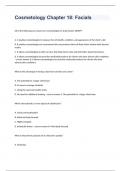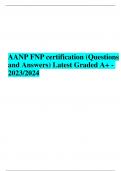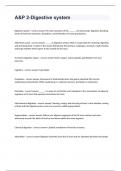Samenvatting
Samenvatting GENOMICA uitgewerkte leerdoelen H13 en H14 Universiteit Utrecht
- Vak
- Genomica
- Instelling
- Universiteit Utrecht (UU)
In dit document staan de uitgewerkte leerdoelen voor de hoofdstukken 13 en 14 uit het boek Campbell Biology; a global approach.
[Meer zien]













